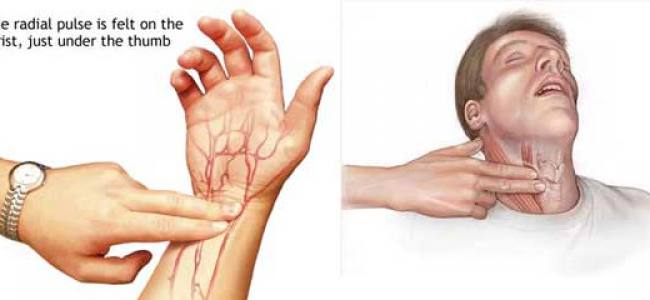
Training Skills: Do You Feel Me?
It happens often enough. Us, in front of a class, pouring our brains out while a few students struggle to keep themselves awake. Sometimes they win, most of the time their efforts are futile. Even coffee offers no quarter. We blame the weather, the heavy lunch they just ate, even the airconditioner. Sometimes we blame us. Truth is, Emergency Response training can get boring at times. But boring or not, our students need to learn. While lectures are the bulk of what we do, its mostly the practical exercises that the students are craving for. This article is one in a series of training activities I use to help keep my students’ brains oxygenated and their blood circulating. Give it a try, it may help you keep those sleepy eyes open for a little longer.
Do you feel me?
As per 2010 CPR guidelines, lay rescuers are no longer required to check for pulse. Health care providers however, need to be adept at the skill. I help my students learn to check for pulse by letting them check for pulse on a real person in a fun way with a little bit of pressure built in. Here is how to do it.
1. Teach the class how to palpate for their own radial, brachial, and carotid pulses.
2. As soon as they are comfortable palpating their own pulses, have the students pair up.
3. Have the students grab one chair per buddy pair and have them arrange their chairs in a semi-circle formation with the instructor front and center.
4. Designate Partner A and Partner B.
5. Have Partner A sit down. Have Partner B stand behind Partner A.
6. Partner A palpates their own radial pulse while Partner B checks for Partner A’s carotid pulse.
7. Advise the group to start counting pulses quietly when you say “Go” and stop counting when you say “Stop”.
8. Using any timepiece, give the group 15 seconds to palpate.
9. Have the partners compare the numbers they get.
10. Have the students change places and partners.
Keypoints:
1. Make sure everyone is a comfortable as possible, be it with their chairs, their partners, or with being “touched”.
2. In a small group, a semi-circle chair formation allows for better group control and allows the instructor to see and interact with everbody.
3. Advise the seated partner to neither talk nor swallow during palpation. Both may create movement that may be mistaken for a pulse.
4. Remind the students palpating for the carotid pulse to palpate one side of the neck only. Palpating both sides of the neck at the same time may cause loss of consciousness. The instructor may opt for the students to palpate the same side of the neck all at the same time for standardization. It is advisable to allow the students to practice palpating both side of the neck.
5. 15 seconds is advised for the first part of the exercise. It allows for easy pulse-per-minute computation by multiplying the number of pulse palpated by 4. Lessen the time as students become confident with their skills.
6. Time spent for this activity is dependent on the time the instructor have on hand. Done properly, 10 minutes is more than enough.
7. The activity alone is sure to get smiles and high fives from buddy pairs when the numbers they get match or are very close. Adding a bit of humor will make for a very lively palpation exercise.
By Dabid



